The epic directed by Akira Kurosawa came in first place in Movie Flicks And Music Picks of the best 100 foreign-language movies. However, as Anne Bilson notes, the well-known Japanese director’s domestic success wasn’t equal to his triumph abroad.
The three and a half-hour black-and-white epic Seven Samurai (1954) by Akira Kurosawa is set in war-torn, 16th-century Japan. Although Seven Samurai isn’t the best elevator pitch ever, it did win the top spot in Movie Flicks And Music Picks of the 100 best foreign-language films, with 41 critics (20% of the total) voting for it. Kurosawa was also regarded as one of the most popular directors overall, with three of his other films (Rashomon, Ikiru, and Ran) placing in the top 100. Remarkably, however, none of the participating Japanese reviewers chose Seven Samurai or any other Kurosawa film; instead, they favored the more nuanced works of their countrymen Yasujirô Ozu and Kenji Mizoguchi. This suggests that Kurosawa’s popularity abroad was not as widespread as it was in Japan. However, maybe it was to be anticipated. Even in his most prosperous years as a filmmaker, Kurosawa was often regarded more highly internationally than domestically.
To begin with, when his film Rashomon won the Golden Lion at the 1951 Venice Film Festival, he became the first Japanese filmmaker to receive widespread recognition. Furthermore, Seven Samurai’s appeal in the West may undoubtedly be attributed in part to the fact that it was among the first Japanese films that many people had ever seen in the pre-video era. It brought fans used to Hollywood westerns to a different yet fascinating culture. Later in life, Kurosawa would minimize his love of John Ford’s movies, but he achieved a radical new synthesis of Japanese genres with western patterns, including the jidaigeki (period drama) and the chambara (swordplay cinema).
The storyline of Seven Samurai begins with a gang of robbers deciding to hold off on invading a mountain community until after the harvest. A farmer overhears them and tells his other villagers the unpleasant news. They decide to employ samurai for protection after much crying and pounding of their breasts, but since they are poor, all they can provide as payment is rice. Next, we accompany the village representatives on their apparently unachievable mission to persuade arrogant samurai to support their cause. Following a few early setbacks, they come upon a mini-drama in which a seasoned fighter named Kambei (played by Takashi Shimura, one of Kurosawa’s favorite actors) stuns onlookers by severing his topknot, a sign of samurai pride, in order to pass for a bald monk and free a kid kidnapped by a robber.
The movie has the most iconic “assembling the team” moments, which are now a staple of many action films.
After the seasoned Kambei is persuaded to support the villagers, the movie begins the “assembling the team” scenario, which has become a staple of action and heist films worldwide. Six other rōnin (masterless samurai) are gradually persuaded to take part in a likely suicide mission that will not bring them fame or wealth: an experienced archer, a happy man reduced to chopping wood, a master swordsman who only wants to perfect his art, and an unproven young samurai who is eager to prove his manhood.
And then, there’s Kikuchiyo (Toshiro Mifune, another of Kurosawa’s femme fatales), a half-mad swaggerer whose assertions that he belongs to the samurai class are almost instantly disproved. He follows them on their hike back to the hamlet, shrugging off the jeers of the others.
“Scepticism and resentment”
A young samurai falls in love with a rural girl whose father has concealed her from the guests, and the samurai inspect the terrain they will have to defend in the second act. The farmers are also trained to become fighters. Kikuchiyo is seen as a foolish person by everybody, yet it is he who breaks the mistrust between the locals and their visitors by disclosing his own lowly beginnings as a farmer’s son and sharing some bitter realities. The peasants have been victims of the warrior class, which has burnt their houses, taken their food, and abducted their women. Yes, they are miserable and dishonest, and they may have slain errant samurai in the past.
Following this careful scene-setting, an increasingly intense sequence of conflicts unfolds in the last hour and a half of the movie. Drenched in torrential rain, the battle’s climax is a marvel of masterfully choreographed chaos, with multiple cameras capturing the action and placing the audience right in the middle of combatants running through the mud, galloping horses, spears, arrows, and the occasional bullet. Thanks to an infographic-style banner, we always know who’s who, where everyone is, what they’re doing, and, most importantly, how many bandits are still alive to kill at any one time. The samurai also suffer losses, and because we have gotten to know them, each loss is very painful.
Perhaps the reason why Westerners found Kurosawa’s films so enticing was that they weren’t as truly Japanese as more subdued works like Mizoguchi or Ozu.
Following Seven Samurai, Kurosawa made more chambara films, such as Yojimbo (1961) and Sanjuro (1962), but in his home country, where there was a certain amount of mistrust and resentment, his popularity in the West seemed to work against him; if Westerners found Kurosawa’s films so appealing, perhaps this meant they weren’t as authentically Japanese as more subdued works by Mizoguchi or Ozu. Kurosawa’s final two films for the Toho Company failed amid the creative upheaval of the new waves and countercultures of the mid-1960s, and his refusal to scale down from epic productions to smaller projects left him out in the cold. He made an attempt at suicide in 1971, and the USSR, the US, and France provided the necessary backing for his following three projects to succeed: Dersu Uzala (1975), Kagemusha (1980), and Ran (1985).
However, in the same way that Hollywood westerns affected Kurosawa’s samurai films, those films have had a significant impact on Western filmmaking. In addition to being used in The Magnificent Seven (two Hollywood adaptations were released in 1960 and 2016), the story of Seven Samurai has also been used in science fiction (Battle Beyond the Stars and Rogue One) and animation (A Bug’s Life). Star Wars was influenced by The Hidden Fortress (1958), while Sergio Leone’s reimagining of Yojimbo (which was originally a remake of Dashiell Hammett’s book Red Harvest) as A Fistful of Dollars was the catalyst for the spaghetti western craze.
This unmatched impact indicates that the attraction of Seven Samurai is rooted in feelings and myths that are not just unique to medieval Japan but also resonate with people all across the world. It’s possible that Kurosawa was a prophet without honor in his own nation. However, his best picture continues to be the benchmark for thrilling and cogent action films over sixty years later. For centuries to come, audiences everywhere will be moved and enthralled by its vast scope and searing humanity.
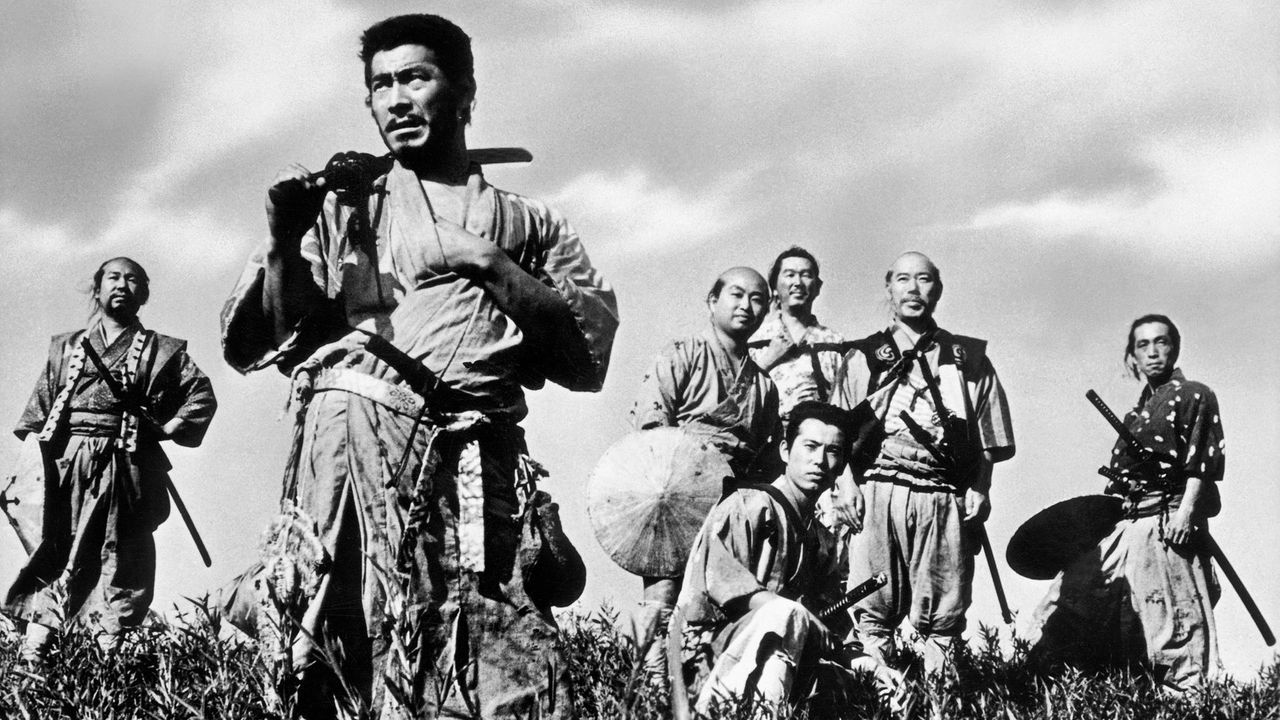
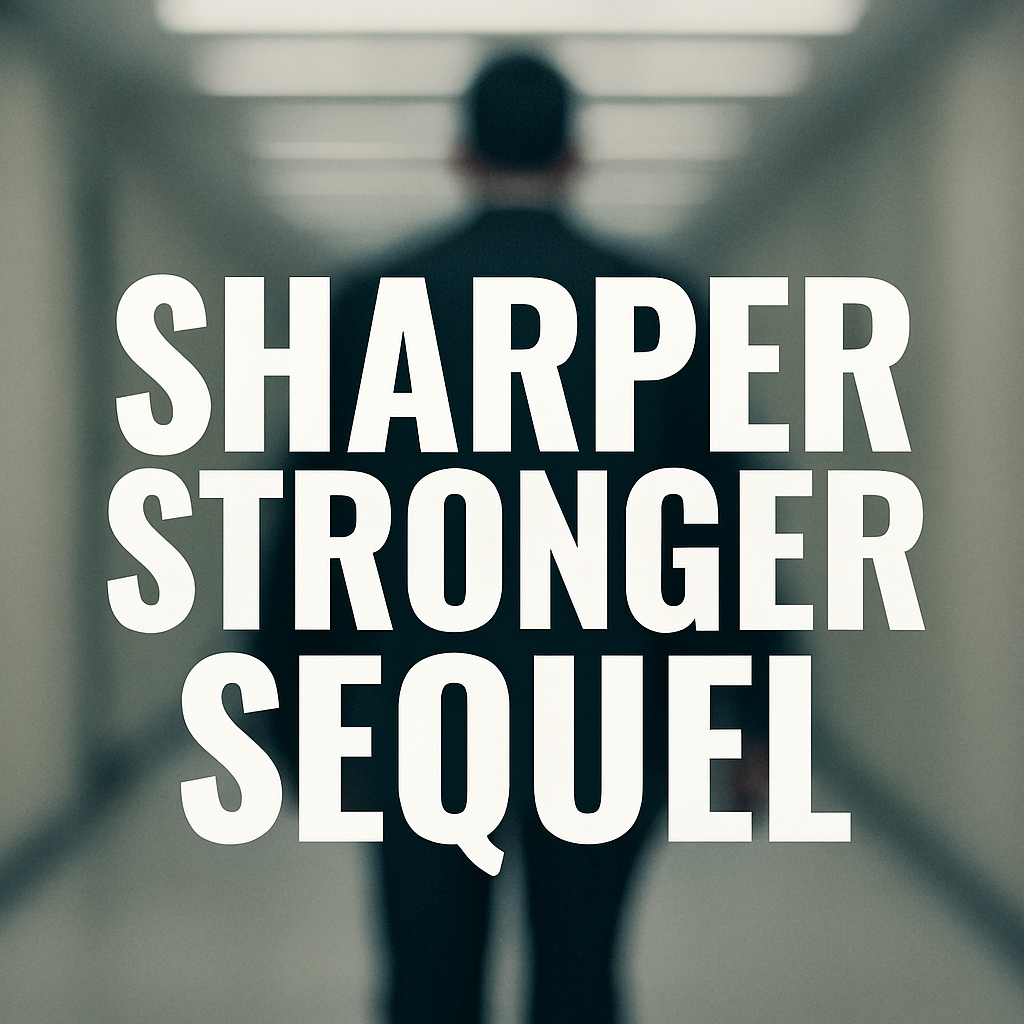
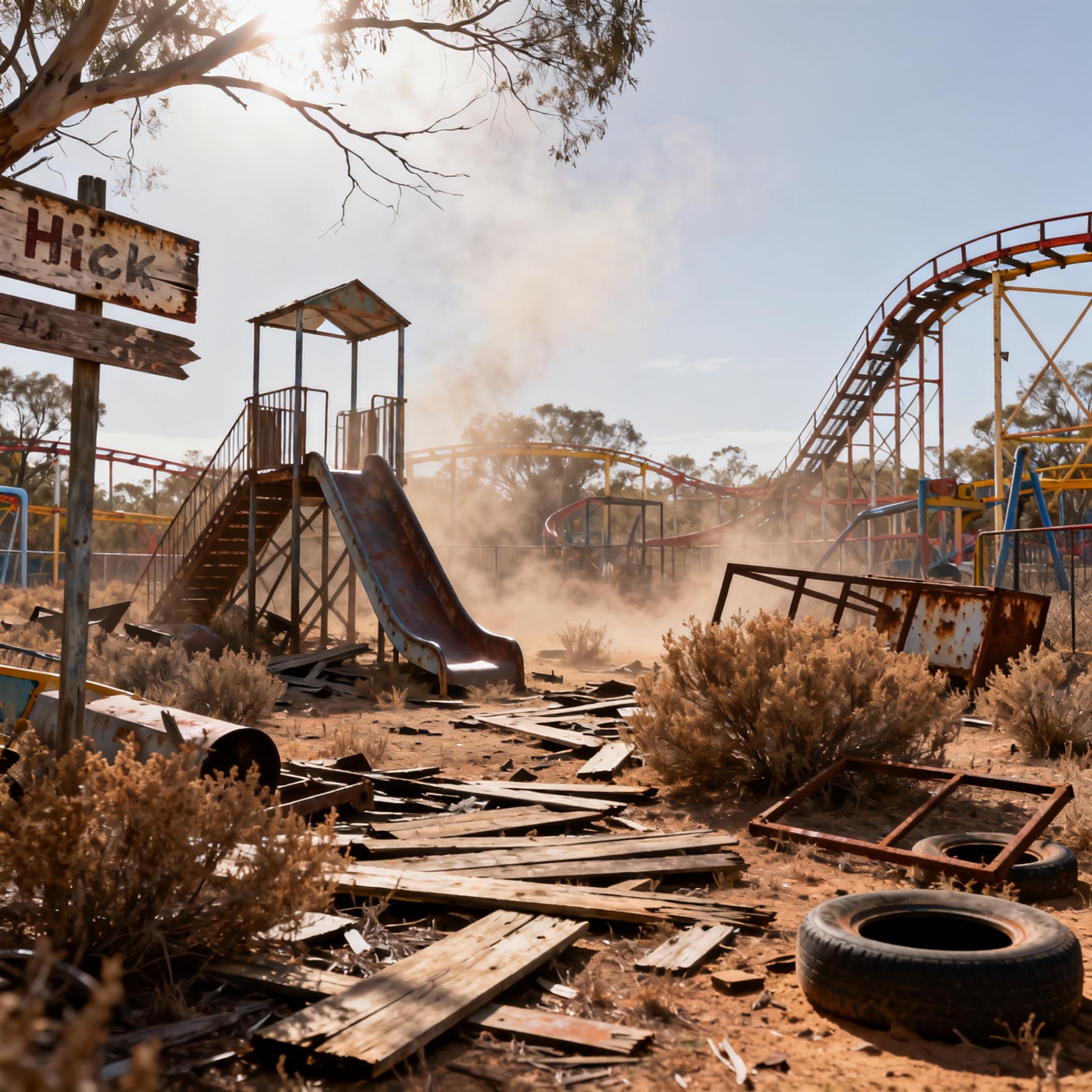

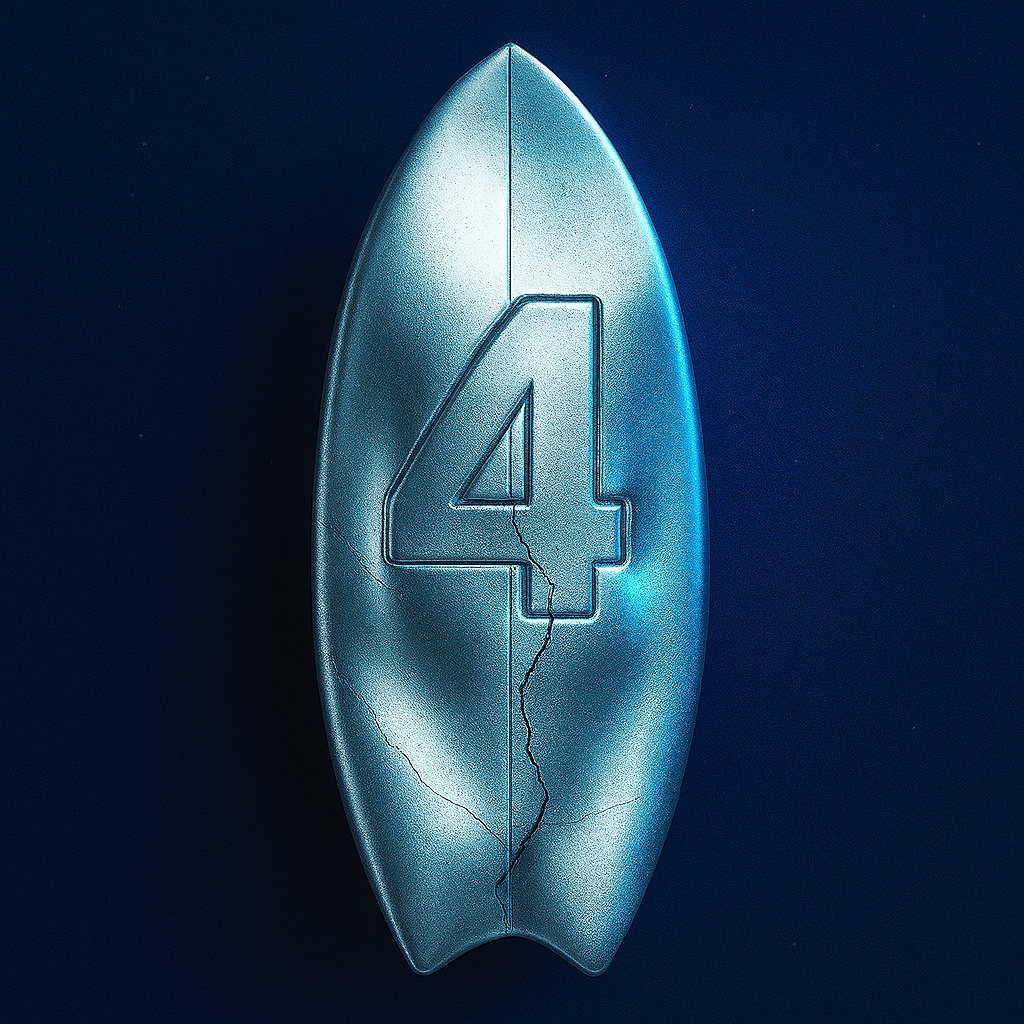
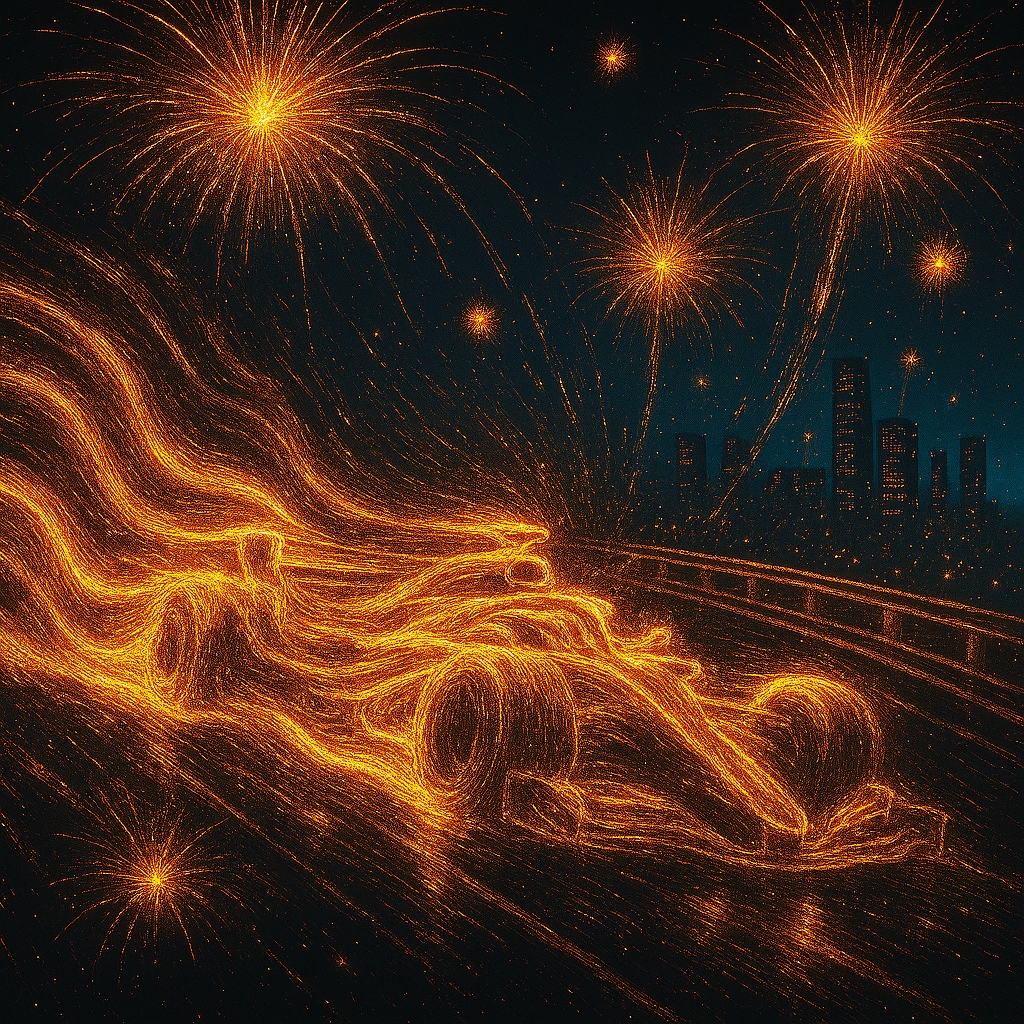
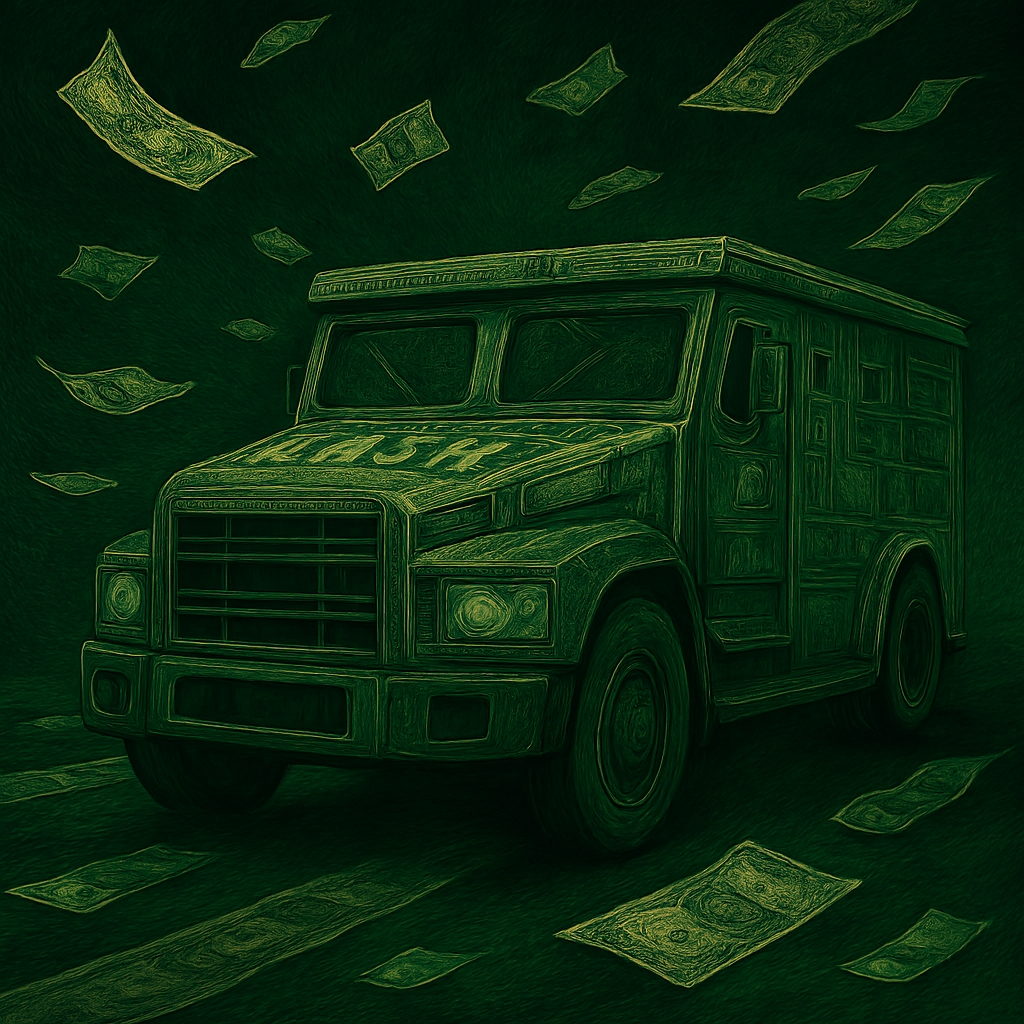
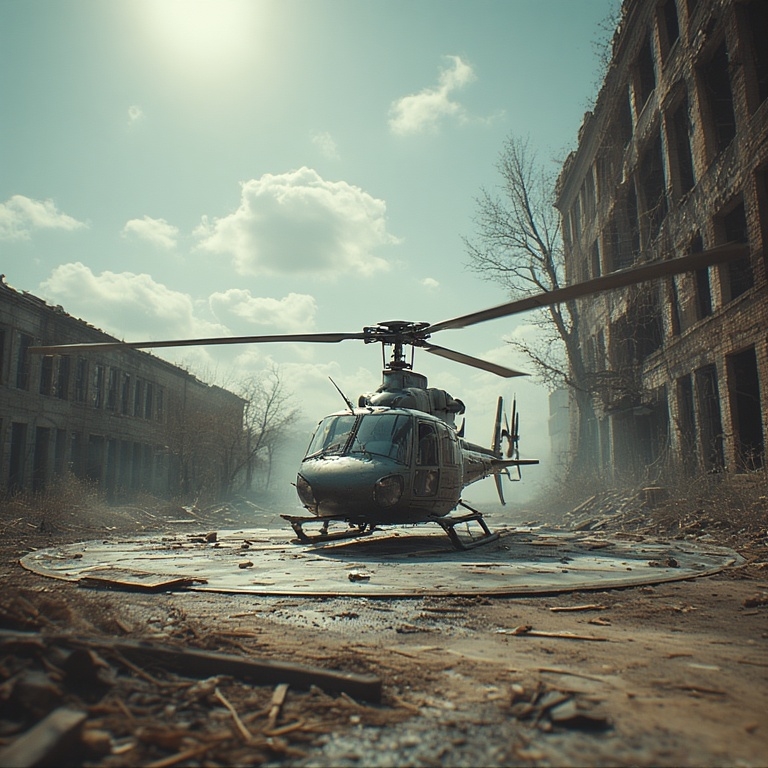
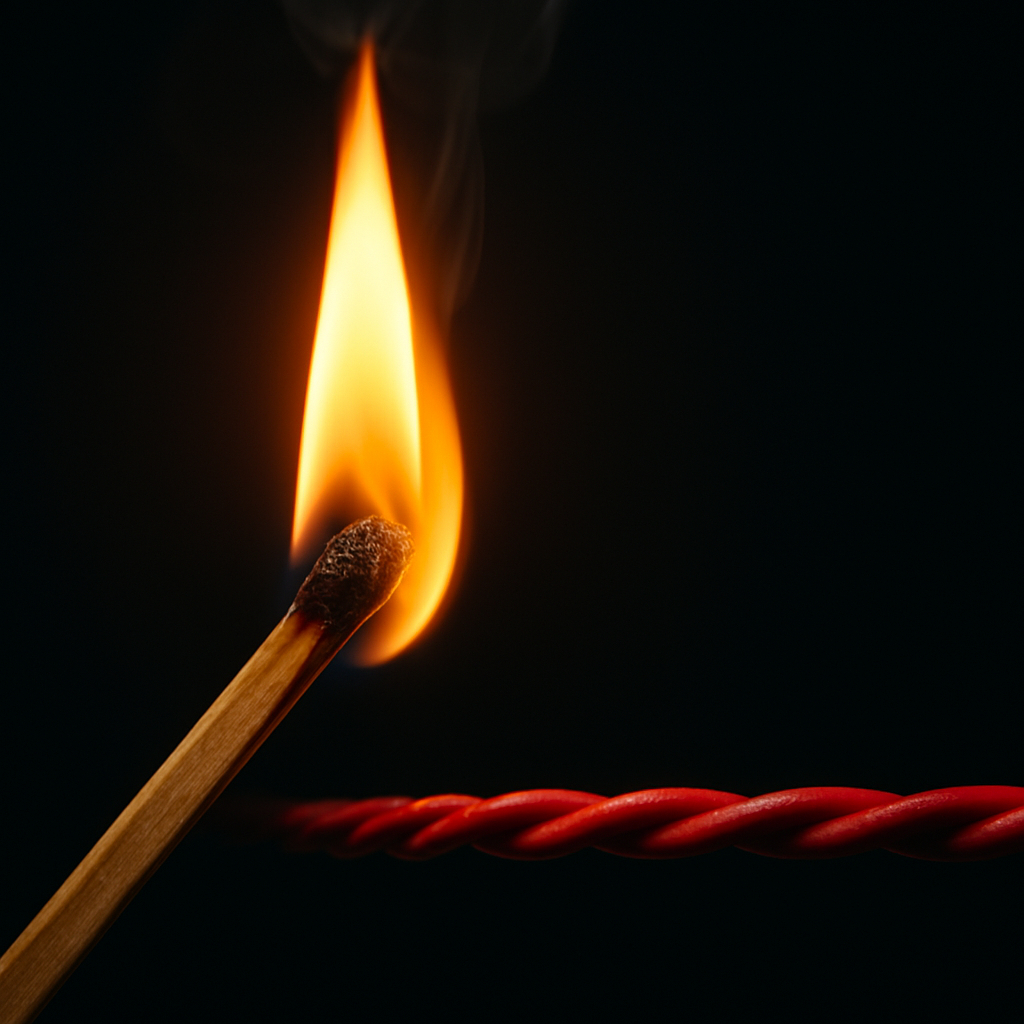
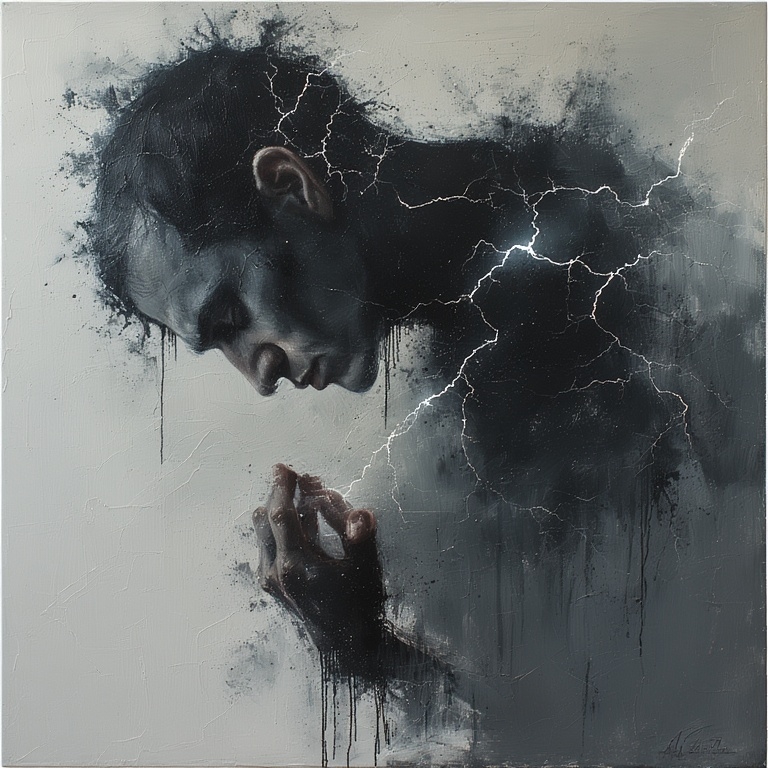




Code of destiny
I am extremely inspired along with your writing skills as smartly as with the layout on your blog. Is this a paid subject or did you customize it yourself? Anyway keep up the nice quality writing, it is rare to look a nice weblog like this one nowadays!